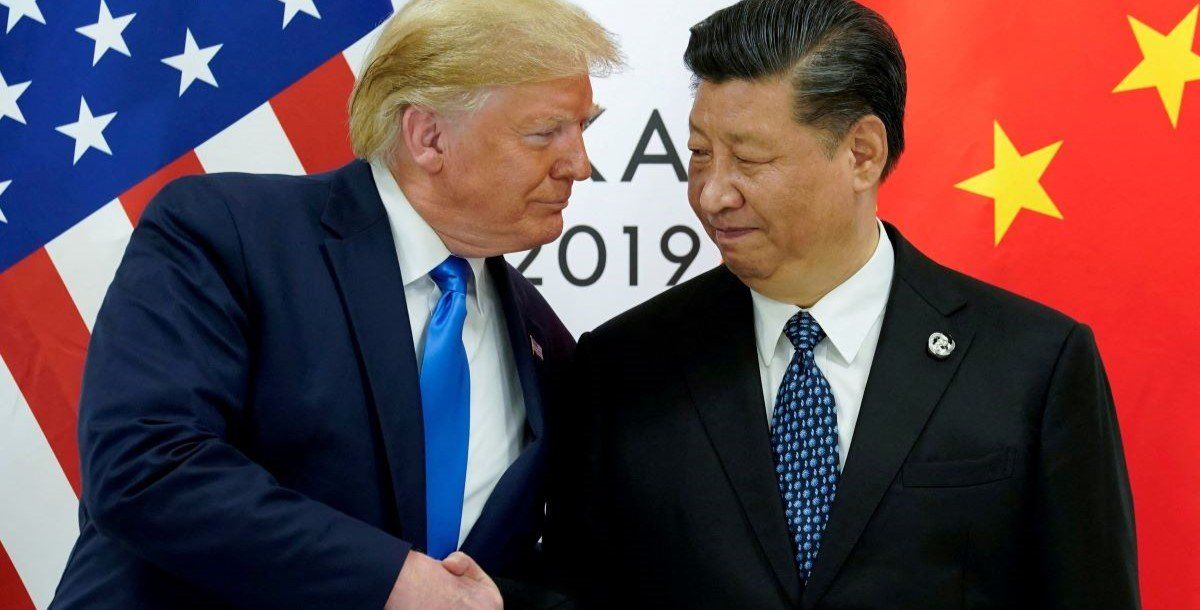What is President Donald Trump’s strategy on China? On the one hand, he slapped additional 10% tariffs on Chinese goods and is considering$1 million fees on Chinese-built vessels entering US ports. On the other, Washington and Beijing are reportedly discussing a cozy-sounding“birthday summit” between Trump and Chinese President Xi Jinping to talk trade in June. It’s enough to give investors whiplash – and make neighboring nations nervous.
And they may have good reason. Last week, Trump issued an“advance warning” to long-time allies Japan and South Korea that he is not prepared to defend them against Chinese aggression unless they make economic concessions. He complained that the American security treaty with Japanis nonreciprocal and claimed that “South Korea’s average tariff is four times higher” than that of the US.
But Trump was referencing South Korea’s Most Favored Nations tariff of 13.4%, which does not apply to most goods traded between the two countries since they signed a free trade deal in 2012. The actual tariff rate charged by South Korea on US goods is 0.79%, leading Seoul to offer to resolve any “misunderstanding” about the real charge.
Meanwhile, China’s talking tough. The Chinese defense ministry recently stated that it will“tighten the noose” around Taiwan if its pro-independence movements escalate. This signals that China will continue to use military gray-zone coercion against Taiwan to deter moves toward – or remarks about – independence, according to Eurasia Group regional expert Ava Shen. Beijing has also vowed to fight a tariff war with the US “to the bitter end” and is busily tariffing other nations, such as Canada, which sawa 25% tariff imposed on seafood, including important lobster exports, as of March 20.
